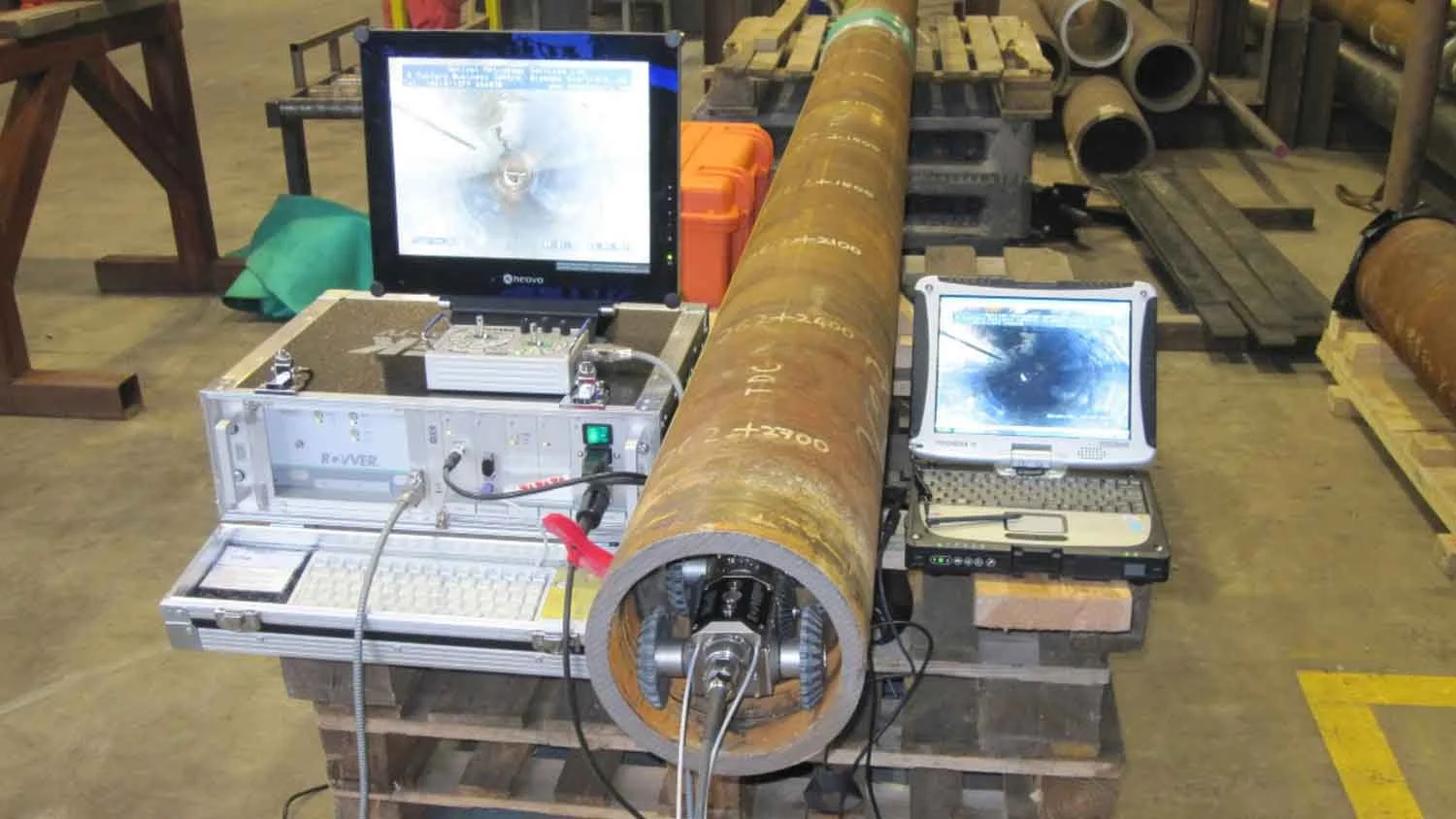Precision Matters: Trusted Pipeline Welding Inspection Services for Crucial Projects
Comprehensive Review of Pipe Welding Evaluation Treatments
In the world of pipeline building, making sure the honesty and safety of bonded joints is extremely important. Pipe welding inspection procedures play a crucial function in assuring that bonded links fulfill rigorous sector standards and requirements. From precise pre-welding evaluations to comprehensive post-weld assessments, a well-defined inspection process is crucial for maintaining the structural soundness of pipelines. Understanding the intricacies of welding inspection procedures is not only a regulative requirement but likewise a basic element of maintaining the dependability of these vital facilities.
Pre-welding Inspection Preparations
Prior to starting the welding procedure, detailed pre-welding examination prep work are necessary to make sure the integrity and top quality of the weld joint. These prep work include a precise examination of the products to be bonded, the welding devices, and the work environment. By performing complete pre-welding assessment prep work, prospective issues can be recognized and solved early on, leading to dependable and top quality weld joints.
Welding Treatment Certification
Extensive pre-welding inspection preparations lay the structure for the important process of Welding Treatment Certification, ensuring the honesty and top quality of the weld joint. Welding Treatment Qualification (WPQ) is a crucial step in the welding process that entails testing and licensing welding procedures to guarantee they meet details criteria and requirements. The WPQ procedure generally consists of welding procedure requirements advancement, welding treatment qualification testing, and documents of the results.
Throughout welding procedure requirements development, necessary information such as the welding process, welding products, joint style, and welding specifications are defined to create a comprehensive treatment. Subsequently, welding treatment credentials testing is performed to validate the recommended treatment's stability. This testing typically entails welding test vouchers that go through various mechanical and non-destructive tests to examine the weld's top quality and adherence to the specified requirements.
In-process Weld Assessment
During the welding process, in-process weld evaluation plays a critical role in guaranteeing the high quality and honesty of the weld joint - Pipeline Welding Inspection. This kind of inspection includes keeping an eye on the welding criteria, assessing the weld bead formation, and discovering any type of possible issues or stoppages as they occur. By conducting in-process weld inspections, welding operators can promptly attend to any kind of concerns that might emerge, therefore guaranteeing and avoiding additional defects that the last weld satisfies the needed specs
Typical approaches used for in-process weld examination include aesthetic evaluation, liquid penetrant screening, magnetic fragment screening, ultrasonic testing, and radiographic screening. In general, in-process weld examination is vital for maintaining the high quality and integrity of welded pipes.
Non-destructive Screening (NDT)
Non-destructive Testing (NDT) is a critical technique used in pipe welding evaluation to analyze the integrity of weld joints without triggering damages to the bonded structure. By using numerous NDT techniques, examiners can examine the top quality of welds and identify any type of issues or suspensions that may endanger the architectural soundness of the pipeline. Typical NDT techniques made use of in pipeline welding inspection consist of Radiographic Screening (RT), Ultrasonic Screening (UT), Magnetic Particle Evaluating (MPT), Liquid Penetrant Testing (LPT), and Visual Testing (VT)
RT click here to find out more involves using X-rays or gamma rays to create pictures of the interior framework of the weld, enabling assessors to identify click to find out more issues such as porosity, splits, or insufficient combination. UT makes use of high-frequency acoustic waves to identify flaws beneath the surface of the weld, offering detailed information concerning the dimension and area of issues. MPT and LPT are made use of to recognize surface-breaking flaws by applying magnetic particles or penetrant liquids to the weld location. Furthermore, VT includes visual assessment of welds to determine any type of visible imperfections.
Post-weld Examination and Paperwork


Documents of post-weld assessment findings is necessary for maintaining top quality control records and ensuring conformity with industry criteria and regulations. In-depth reports need to consist of details regarding the inspection methods used, the location and nature of any flaws found, and any type of rehabilitative actions taken - Pipeline Welding Inspection. Appropriate documents not only acts as a document of the weld's quality however additionally aids in future maintenance and examination processes
Final Thought

In final thought, pipe welding evaluation treatments play an essential duty in ensuring the high quality and honesty of welds. From pre-welding evaluations to post-weld documents, each step is vital in keeping the safety and effectiveness of pipes. By following recognized treatments and conducting detailed evaluations, potential flaws can be determined and resolved before they cause costly repair work or failings. On the whole, adherence to proper assessment methods is essential to the success of pipe welding tasks.
From careful pre-welding examinations to thorough post-weld analyses, a distinct assessment procedure is necessary for preserving the structural stability of pipelines. By conducting in-process weld inspections, welding drivers can without delay attend to any type of problems that may occur, thus guaranteeing and protecting against more issues that the last weld fulfills the required requirements.
Usual techniques used for in-process weld examination consist of visual inspection, fluid penetrant testing, magnetic fragment testing, ultrasonic testing, and radiographic screening.Non-destructive Testing (NDT) is a crucial method used in pipeline welding examination to analyze the stability of weld joints without causing damages to the welded framework. Post-weld examination includes various approaches to evaluate the welds for defects, consisting of visual inspection, color penetrant screening, magnetic bit testing, ultrasonic testing, and radiographic screening.